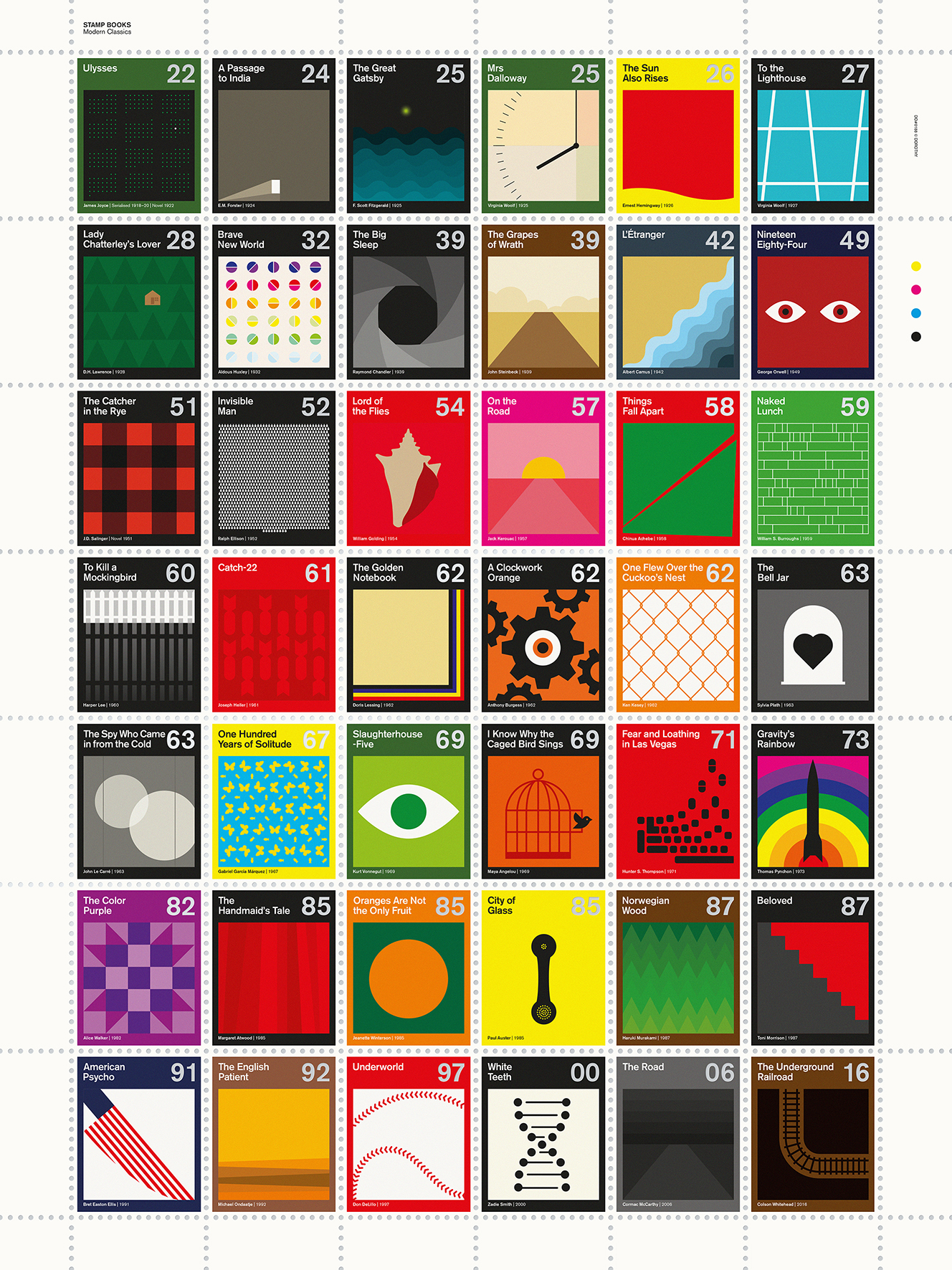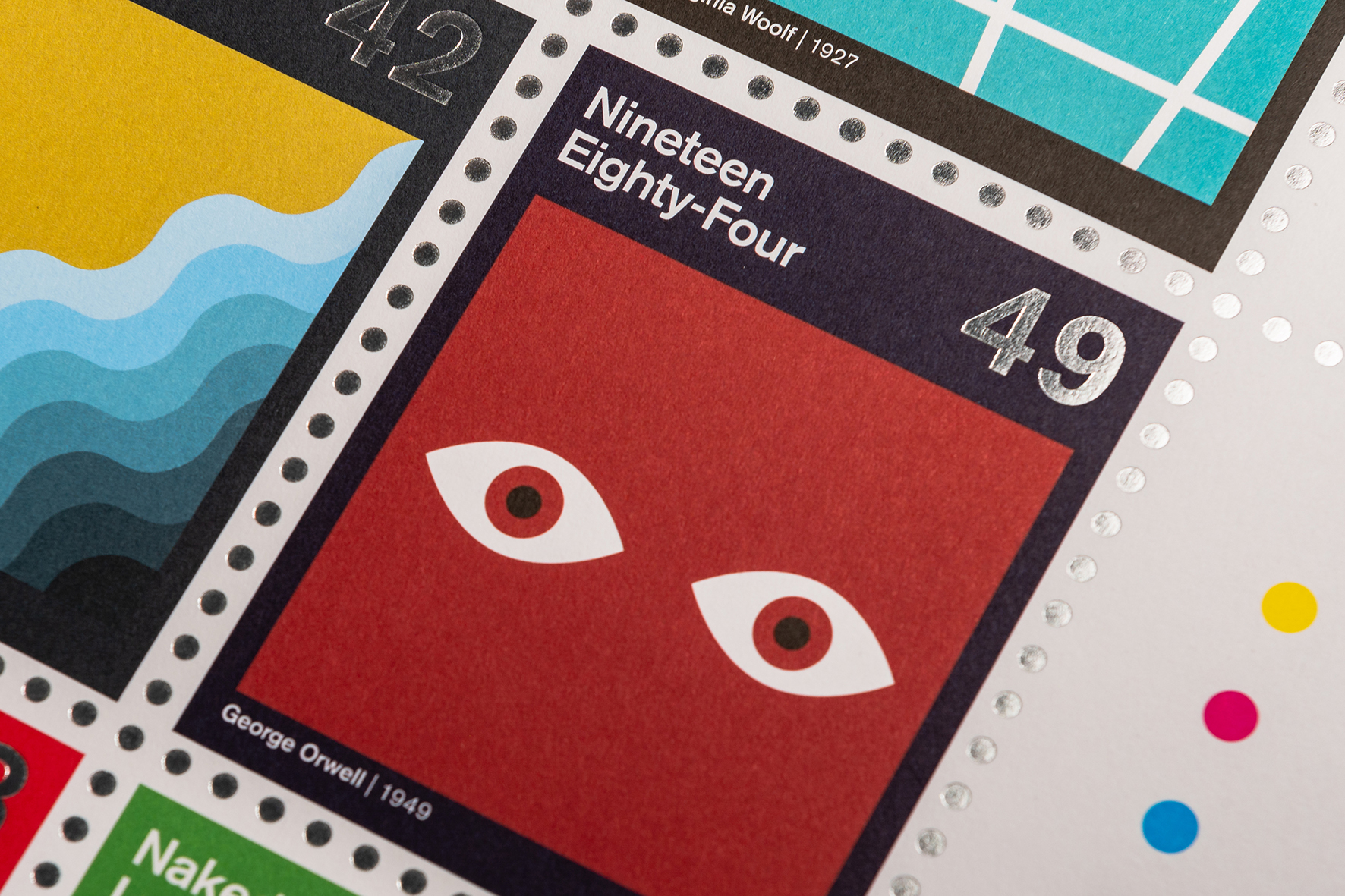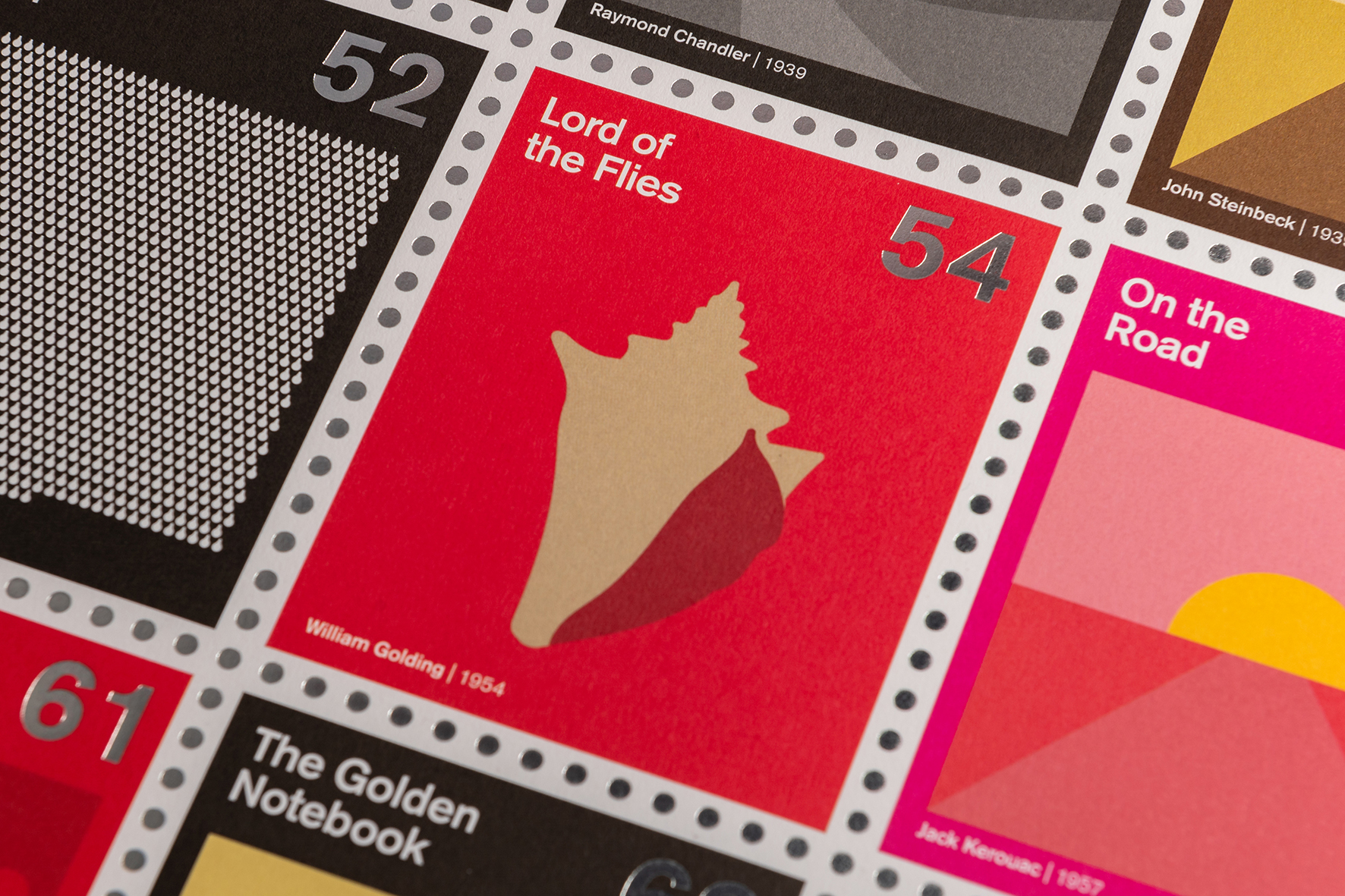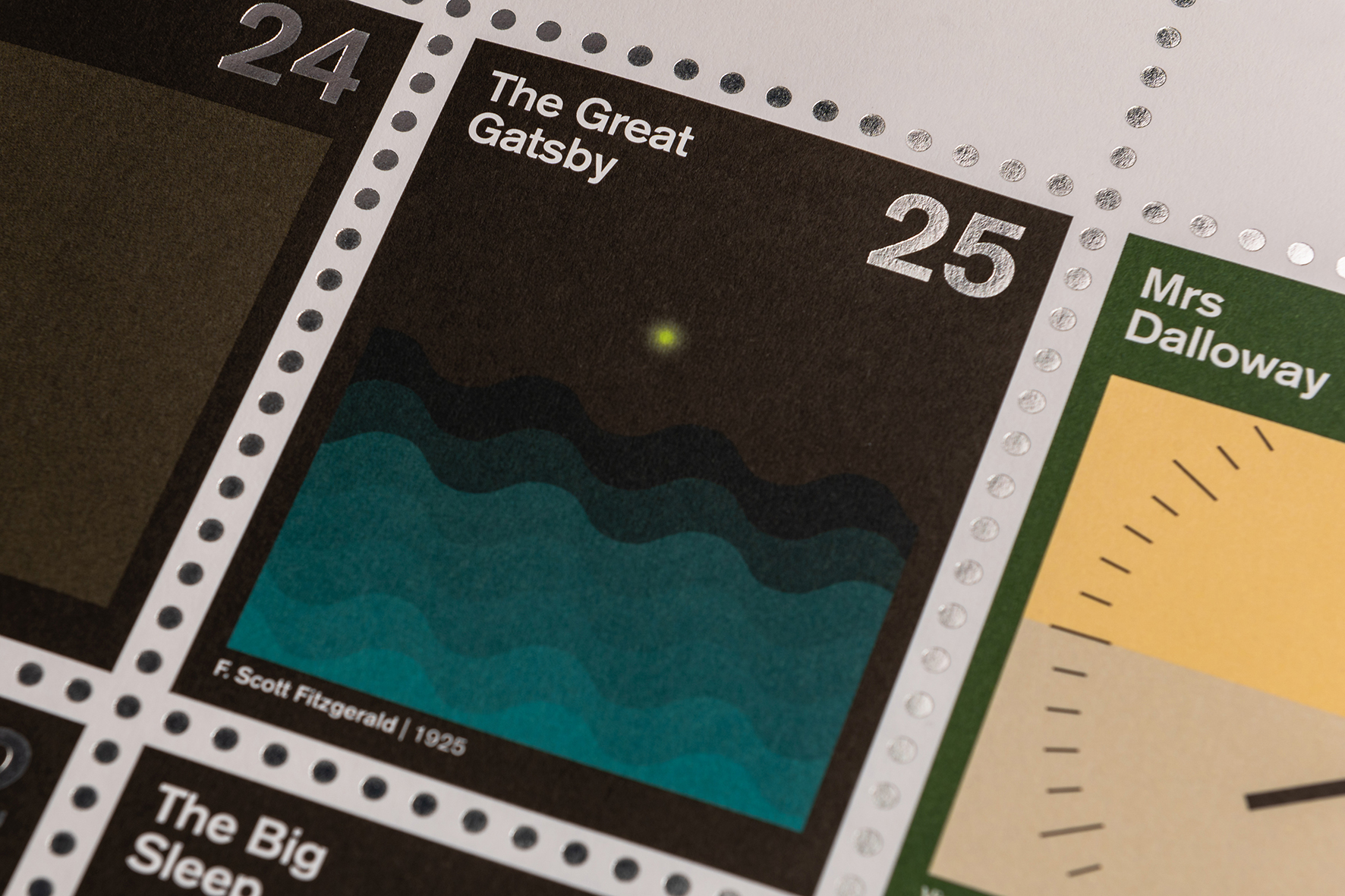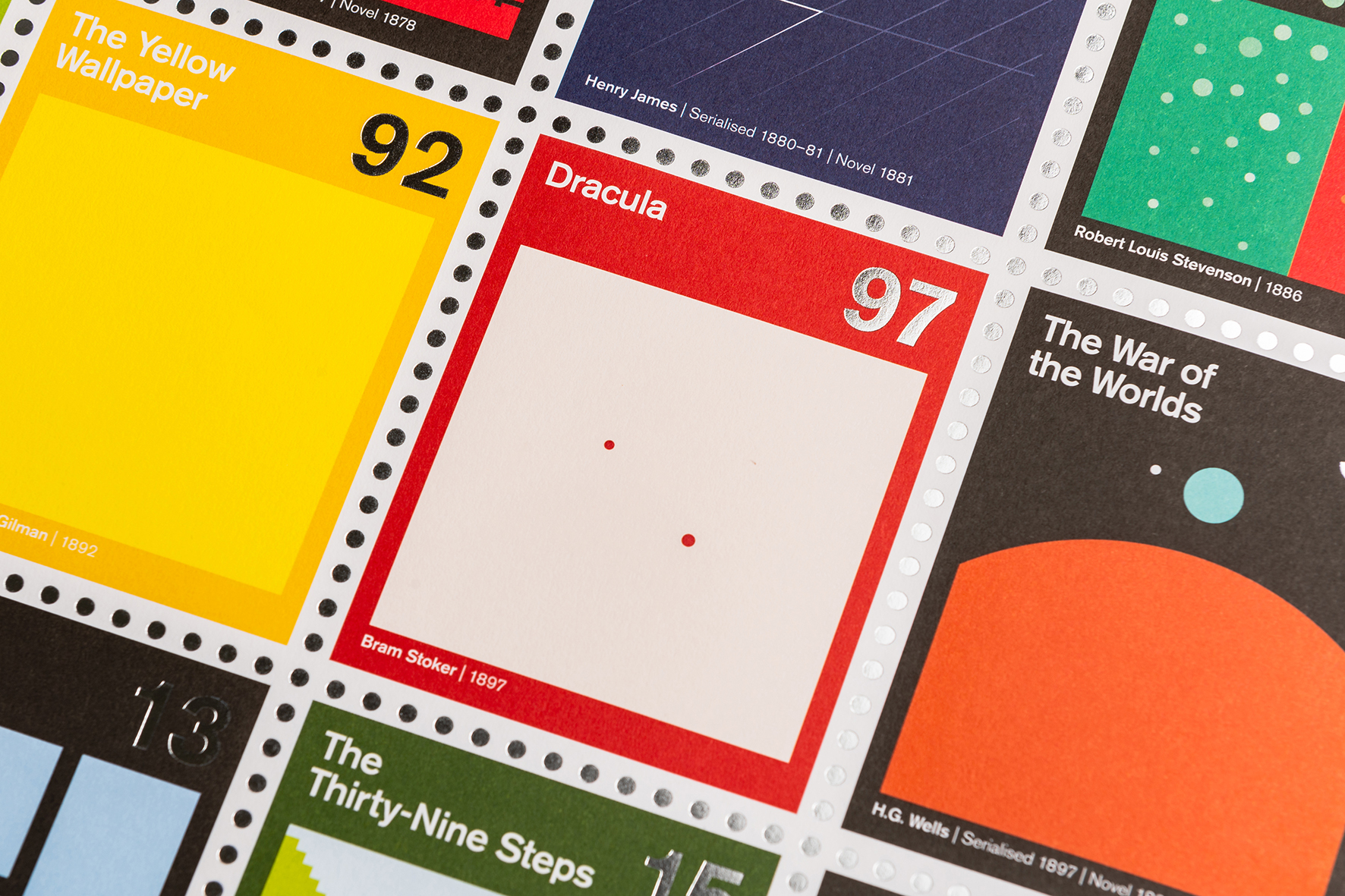I can guarantee almost every day I get someone going, ‘Hey, you’re the guy from E.T.’, usually followed by, ‘What are you doing now?’ And not a day has gone by when someone hasn’t shouted ‘E.T. phone home’ at me.” — Actor Henry Thomas
Should I ever bump into Henry Thomas, I may exclaim, “Okay, kid, you got the job,” just like director Steven Spielberg does at the end of the remarkable screen test, above.
Thomas, now — brace yourself — 50, was just 9 when Spielberg flew him in from Texas to audition for the role of Elliot in E.T. the Extra-Terrestrial on the strength of his single screen credit, playing Sissy Spacek’s son in Raggedy Man.
Before we go further, a cautionary tale.
Another youngster had the part of Elliot all sewn up until screenwriter Melissa Mathison hosted a Dungeons and Dragon game to get a feel for the chemistry between the film’s child actors.
“In about three minutes it became very clear that nobody liked this little boy,” casting director Marci Liroff recalls. Ouch.
That would be a heavy burden to carry through life, knowing that youthful bossiness cost you the role of a lifetime.
Enter Henry Thomas.
Spielberg’s longtime collaborator, producer Kathleen Kennedy, recalled that he was no great shakes reading from prepared sides of the script, but then came an improv with legendary casting director Mike Fenton.
If only every aspirant method actor shared Thomas’ knack for emotional recall. During the improv, as the pressure to give up the beloved alien creature hidden in his closet mounted, he drew on memories of his pet chihuahua, Urso, who had been killed by a neighbour’s dog in front of him.
“Poor Urso, it may have won me the role but it was a sad price to pay,” Thomas told The Mirror some 30 years later.
His performance reduced every adult in the room to tears.
It was also remarkable for its subtlety. As Spielberg remarked in a 1982 interview with Premiere magazine:
He’s a very controlled, methodical performer who measures what he does and feels what he does and yet broadcasts it in a totally subtle way. His performance is so controlled, unlike most kid performers, who seem to be giving you 150 percent on every shot. Henry’s performance is just a bread crumb at a time, but he takes you in a wonderful direction to a very, very rousing catharsis. He’s just a “once in a lifetime” kid.
The director likened Thomas’ tears in the final moments of E.T. to the arrival of the mother ship in Close Encounters of the Third Kind — “a super-colossal special effect” rooted in human emotion.
By then, Thomas no longer needed an assist from Urso:
I couldn’t stop crying because I worked with E.T. every day and he was real to me.
The connection was not immediate. Thomas’ laughing response to his first gander at the alien reassured Spielberg that the child actor could handle comedy but Thomas, a huge Raiders of the Lost Ark fan, had been hoping for something a bit more swashbuckling. As he told Esquire’s Paul Schrodt:
When I saw this alien with the weird feet and the telescopic neck, I was like, ‘What the hell is this? Where is my lightsaber?’ But I guess I got a flying bicycle, so I can’t complain.
It’s wasn’t exactly a Hollywood ending, perhaps because Thomas didn’t stay in Hollywood, but rather returned to school in San Antonio, where he fell prey to kids who resented the overnight sensation in their midst.
On the other hand, he has worked steadily as an actor since leaving home at 17, and abided by his resolution to avoid drugs and other pitfalls that plague some other child stars. (“I never wanted to give anyone the satisfaction of getting that picture of me robbing a liquor store.”)
In his interview with The Mirror, tongue firmly in cheek, he speculated about possible E.T. sequels and admitted that he’d hate to see someone other than himself playing Elliott:
It could be like an intergalactic reunion with Elliott and E.T. at a beach resort… I don’t think Spielberg will touch it, although I’d love to see Elliott and E.T. sitting at the end of the bar: “How’s it been for you man?” “Good, man, another beer?”
A few years later, the stars did indeed reunite for a holiday advert that owes a large debt to Peter Pan, and puts its thumb on the scale with a clip of Bing Crosby crooning “White Christmas.”
As if Henry Thomas needs help making us cry.
Related Content:
Watch the Original Audition Tapes for Breaking Bad Before the Final Season Debuts
Audrey Hepburn’s Moving Screen Test for Roman Holiday (1953)
Bruce Lee Auditions for The Green Hornet (1964)
Ayun Halliday is the Chief Primaologist of the East Village Inky zine and author, most recently, of Creative, Not Famous: The Small Potato Manifesto. Follow her @AyunHalliday.
